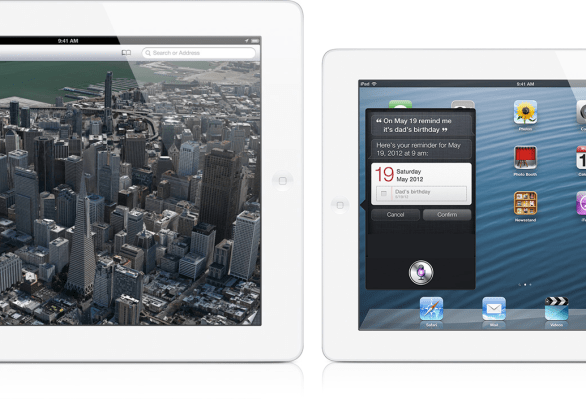Apple’s iPad mini announcement is set for early next week, and the big variable still remains price. Now, a couple of new reports that surfaced this weekend shed a little more light on what we might expect with pricing. KGI Securities analysts Ming-Chi Kuo has an early look at the likely bill-of-materials (BOM) for the iPad mini, and 9t05Mac reports on likely U.S. retail pricing, meaning we can take a closer look at how the iPad mini might figure into Apple’s existing lineup when it comes to comparing gross margins.
Kuo’s estimate of the BOM and manufacturing costs of an iPad mini will start at $195 for a 16GB Wi-Fi only version, and range up to $254.50 for the 64GB, LTE + Wi-Fi edition. His estimates are based on educated guesses, existing price and component lists from other Apple devices, and reported suppliers of parts for this new tablet. Separately, 9t05Mac has information indicating price points of $329, $429 and $529 for 16, 32 and 64GB Wi-Fi only models of iPad mini, and $459, $559 and $659 for Wi-Fi + LTE versions in corresponding capacities. That works out to a gross margin of 40.73 percent at the low end, and 61.38 percent for the fully loaded iPad mini.
Margins are Apple’s bread and butter, as I explained in a previous post, and the reason it manages to stay ahead of its gadget-making competition in terms of market cap, profits and cash on hand. The iPhone 5, for instance, carries a gross margin of 68 percent for entry-level devices, and 72 percent for its most expensive model, thanks to a markup of 256.72 percent. But taking these two reports together puts an iPad well within acceptable limits for Apple – the newest iPad has a 36.66 percent gross margin for the 16GB Wi-Fi model, and a 50.70 percent margin for top-end devices.
Unlike Amazon, Apple just wouldn’t market a device on which it was merely breaking even or losing money, since it isn’t driving the bulk of its revenue from its digital content ecosystem (though it does take in a fair amount that way, too). But taking these two new pieces of information together, you can see how Apple would be able to market a new device at a price point considerably under its existing iPad offerings and still enjoy margins well within its existing acceptable range.
Of course, if 9t05Mac’s information is accurate, that would also mean that the iPad mini would be priced well over the cost of entry of competing devices like the Nexus 7 and Amazon Kindle Fire. But as mentioned, shipping hardware as a loss leader just isn’t an arrow in Apple’s quiver, and besides, Apple won’t be framing the discussion around place, but instead will emphasize quality and the reputation of the original iPad line, and I have a feeling those are arguments that a lot of consumers will find convincing.
